Mike is very taken with the Iside Deluxe 20-bore side-by-side by FAIR - it’s fun to shoot, good value for money & great for walked-up and driven days
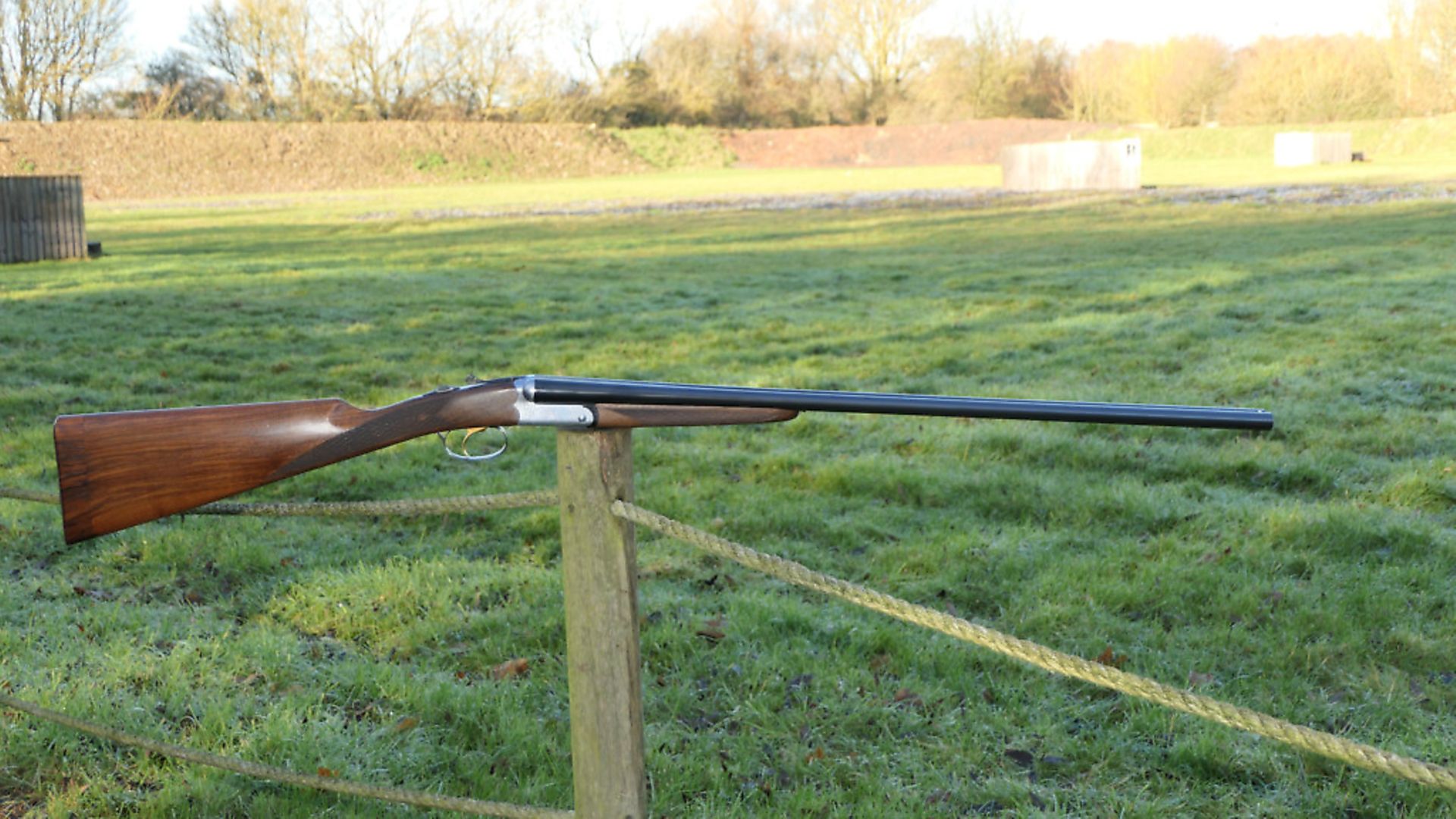 credit: Archant
credit: Archant
BRIEF OVERVIEW - FAIR ISIDE DELUXE
WE LIKE: The general form and specification; The value; Excellent rib and stock shapes
WE DON'T LIKE: The drop at heel but it is easily modified.
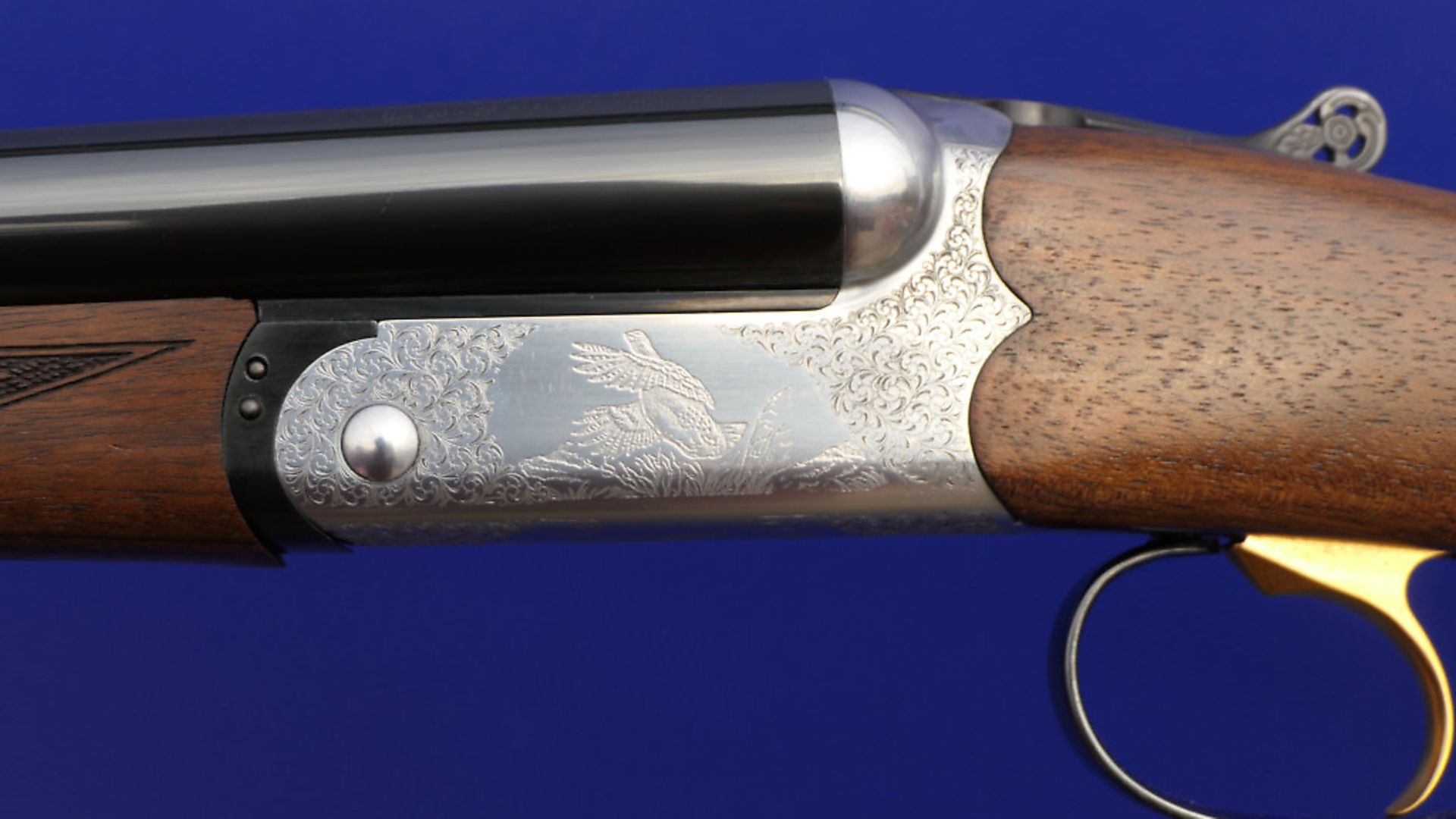 credit: Archant
credit: Archant
TECH SPECS
Make: FAIR/Iside Deluxe
Bore: 20
Action type: round bar
Barrels: 30'
Rib: shallow concave
Chokes: Multi
Weight: 6 3/4 pounds approx.
RRP: £1,699
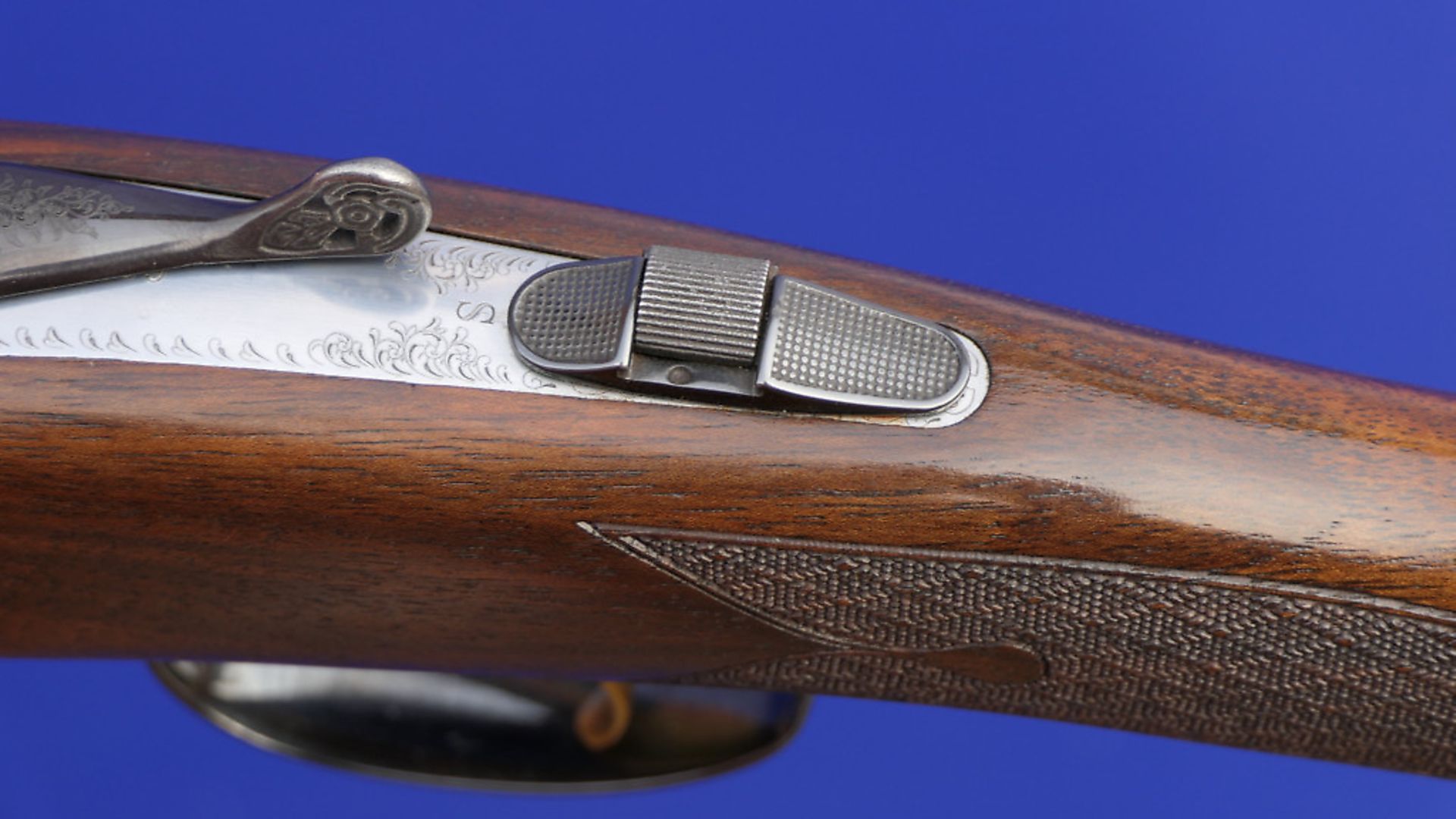 credit: Archant
credit: Archant
IN DEPTH REVIEW - FAIR ISIDE DELUXE
This month's test gun appeared in my friend Neville Chapman's shop recently and caught my attention both for its looks and handling qualities. It is a 30'-barrel, 20-bore, single-selective trigger, multi-choked, FAIR Iside deluxe side-by-side from Italy (and imported into the UK by John Rothery).
It is not an especially expensive gun, at around the £1,600-1,700 mark, less than half the cost of a Beretta 486 Parallelo, by way of comparative example. But it's nicely presented with longish, pointable barrels, a forged, round bar action, and a well-formed, straight-hand grip stock. The decoration is inoffensive although the game scenes might have been replaced with more scroll to good effect.
As is often the case with 20-bores, the Iside seems particularly well proportioned, although I have to admit bias! I like 20s, and I use them for most of my game shooting these days. I also enjoy a 20 for recreational clay busting (a 30' Guerini over-and-under). OK, my results with a 20 are usually a little down on those with an equivalent 12-bore, but not much - maybe 5%? And, what does it matter? The thing about 20-bores is that they are just so fun to use. They really do bring a smile to your face. Surely that's what it is all about?
When well conceived and matched to the right cartridge, 20-bores offer lighter weight with reasonable felt recoil. They are a challenge to shoot really well. But after some years of relaxed practice, I would say there is little difference now in my shooting with 12 or 20. And, within ranges up to 35 yards, I now prefer the 20. Beyond that, the 12 still seems to have the edge practically speaking (I'm not getting into ballistics here though!).
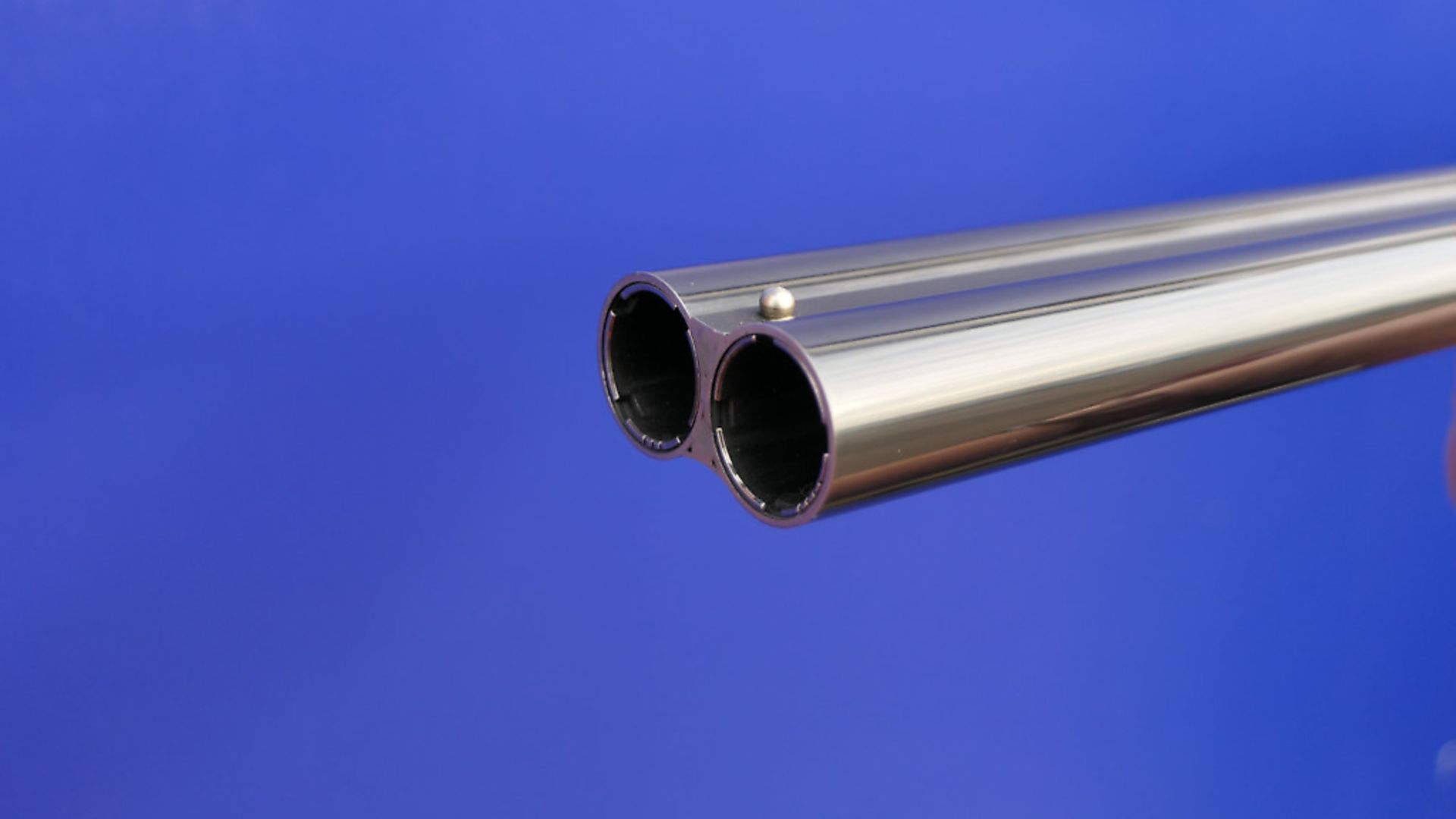 credit: Archant
credit: Archant
My 20-bore experience is mainly with over-and-unders, I have tried with side-by-sides in the past but never got on as well as with a stack-barrelled gun. That is until the longer barrelled test gun came along. I am not going to give too much of the game away yet but I thought it had potential. It is nicely finished. It does not look cheap. Picking it up, one notices good, if front heavy, balance and handling qualities. It hits the scales at something around 6¾lb (an educated guess I must confess as I have no scales to hand in the new year chaos). The small-bore guns that are hardest to shoot in my experience are the ones that are very light and tend to fly about. This gun, on the other hand, is controllable with a sensible all up weight, longer barrels and good stock and, critically, grip shapes.
The Iside is made on a dedicated action - unusually, and happily, a forging with proper attached top and bottom straps. So, this is not the usual trigger-plate design often seen in less expensive side-by-sides but a more traditional pattern. Barrels are monobloc and 3' chambered and fleurs de lys proofed. Nearly all guns are 3' (76mm) today but there are far more 2½' and 2¾' cartridges consumed in the UK than anything else. The 3' 20-bore shell - which reigns supreme in the US - isn't one of my favourites. Recoil is significant, even in a gun of sensible weight, and one might anticipate some shot stringing. I do not choose to shoot more than 32g of shot in a 20 (but I do routinely use 32g and 30g loads in my heavier 20-bore O/Us - 24g is my favoured 20-bore clay load).
Looking at the barrels of the test gun in more detail, both tubes are marked 15.9mm by the Italian Proof Authorities, which is the industry standard for a 20 there now. This is perfectly adequate, but I would note that there is much to recommend a slightly larger bore size which works as well on a 20 as a 12-bore (as long as it is not overdone).
The wood on the FAIR (walnut) shows some figure. Wood-to-metal fit is impeccable, and stock shapes and dimensions are generally good too. I especially liked the elegant comb shape, and the grip was well angled and sensibly proportioned, if a little square in cross-section.
Length of pull was unusually long, and better for it, at 15½' (there is an 1/8' extra at heel and ¼' at toe). My ideal length of pull for this gun would be about 151/8', but that could easily be accomplished here as the stock is finished off with a 1' wooden butt piece rather than the usual pad or plate.
Drop dimensions were a little low overall at 13/8' at comb and 23/8' at heel. I would advise raising the rear dimension ¼' or so for the average user. Italian guns, meanwhile, are often a little low in the comb because most of their shooting is walked-up - they lack our driven game.
There was a bit of right-handed cast on the test gun. As my left eye tends to cut in more than it should now, I could probably do with an extra 1/8' or so (as could many other guys over 45).
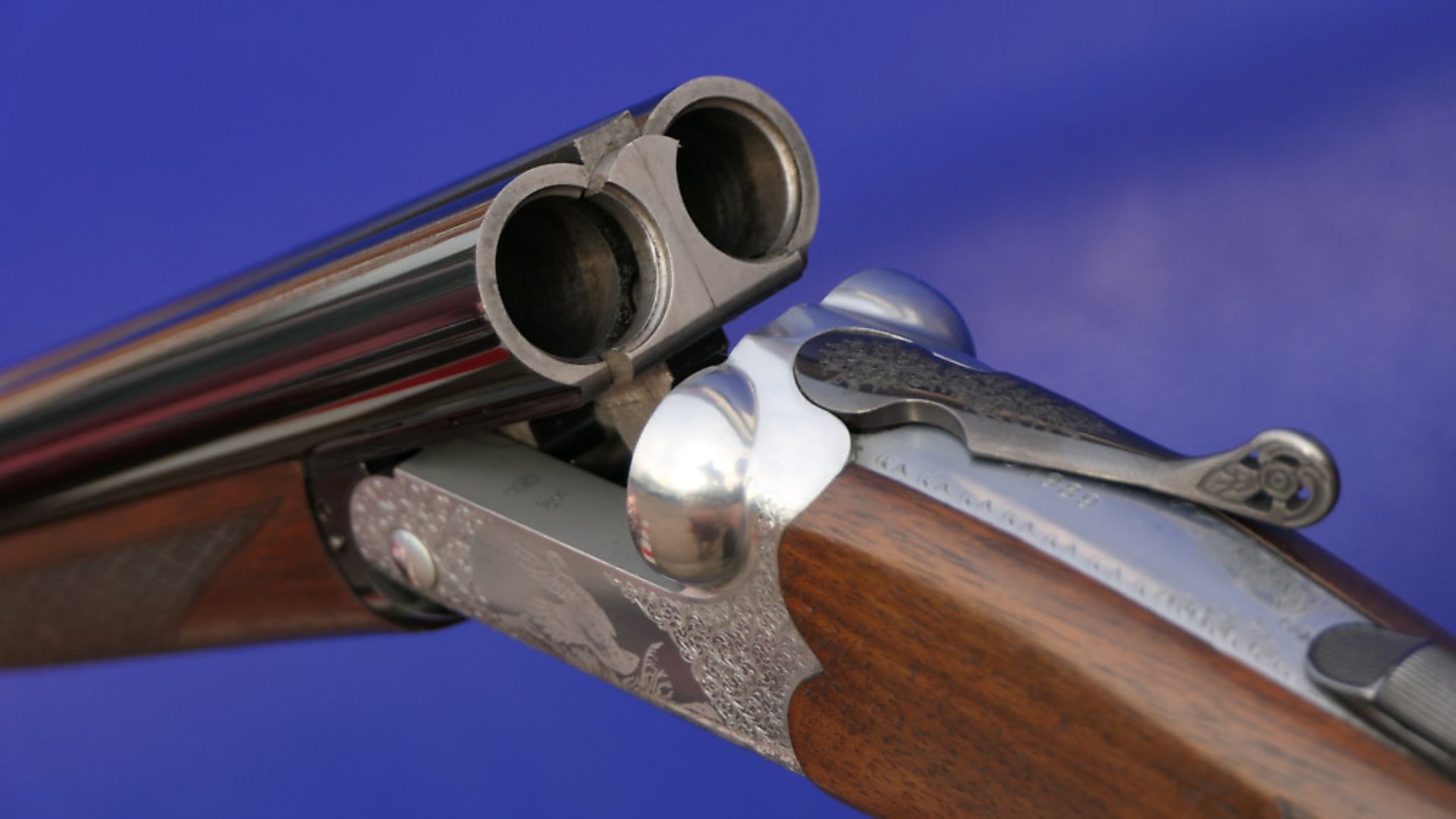 credit: Archant
credit: Archant
TECHNICAL
The action here is not truly a 'boxlock' (because the springs that power the hammers are not contained within the body of the action), although it might be mistaken for such because of the absence of side-plates or locks. Nor is it of trigger-plate pattern. It is of evolved traditional form with attached top and bottom straps as noted. Coil springs, however, power the hammers rather than traditional V springs and they are positioned outside the action body (boxlocks must have them within).
The single trigger is inertia operated and selective. The barrels on the test gun boast a particularly nice, shallow, tapered, concave rib with a matt top surface.
There is a traditional metal bead front sight that also gets a thumbs up. The gun bears Italian fleur de lys steel shot proof marks for 3' (76mm) as noted. The bores are well finished, concentric, and the barrel blueing is good too. The fit and finish of the ejector work is neat. The safety is automatic.
SHOOTING IMPRESSIONS
This is a well conceived and presented traditional game gun, cleverly engineered, and made by modern CNC methods. It shot and swung well, but needed to be controlled to achieve optimum results. Its general form was excellent, though, and the specification good. There was a little vibration on firing. I suspect this might be improved with modification to the stock bolt (the butt attaches to the action with a long bolt like most modern over and unders rather than the 'breech pin' of old). The gun is, nevertheless, enjoyable to shoot, excellent value for money, and might be just the thing for my walked-up expeditions to Ireland. It would be quite at home on an ordinary driven day too, and is lots of fun for clays. I have bought one as a project (so stay tuned) as I think some simple modifications can improve it. There is very little competition at the price point and the basics are sound.